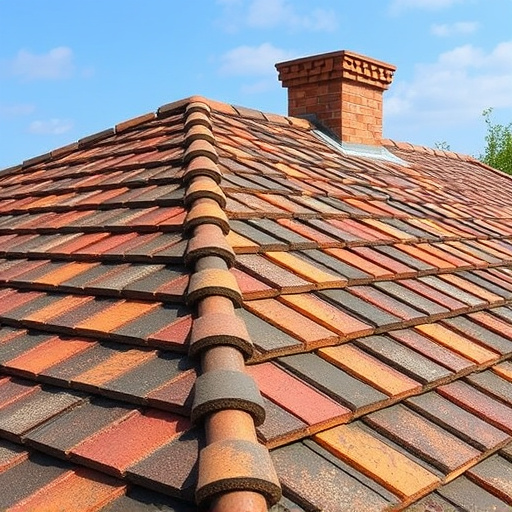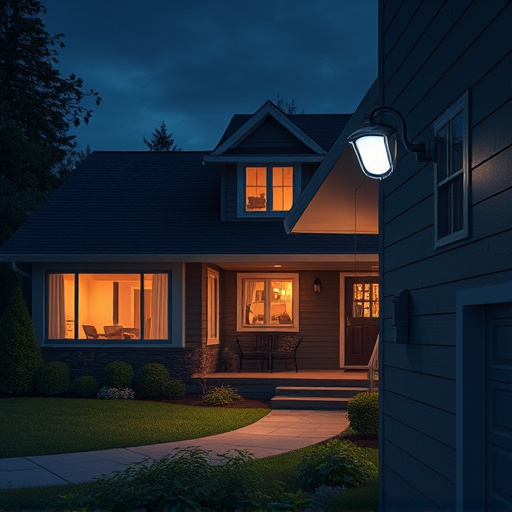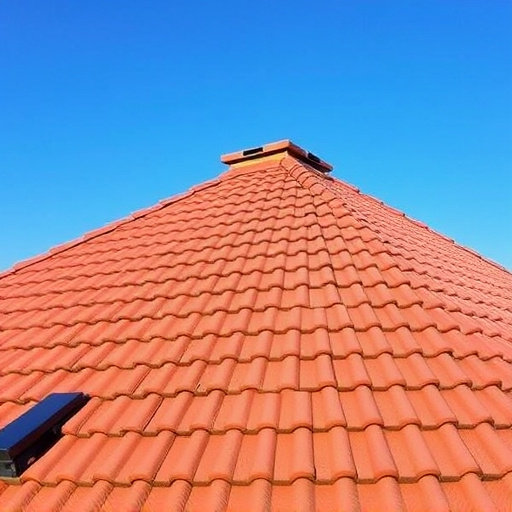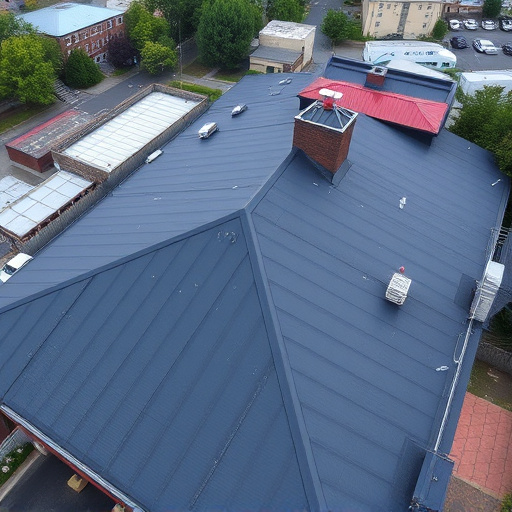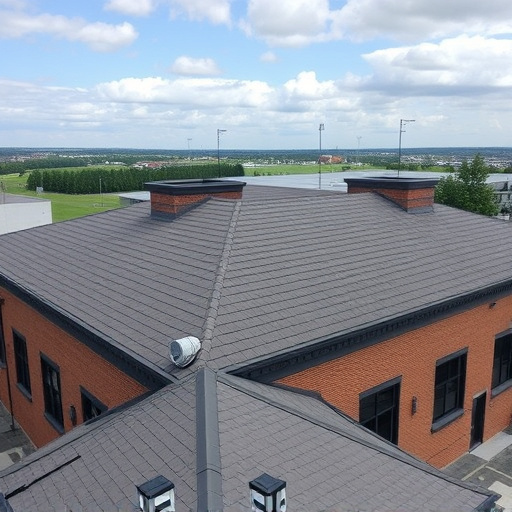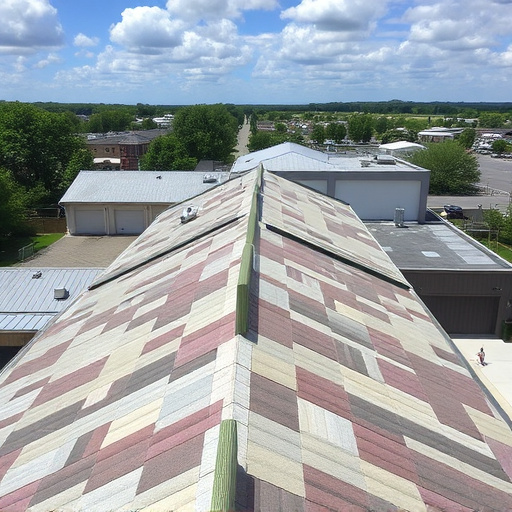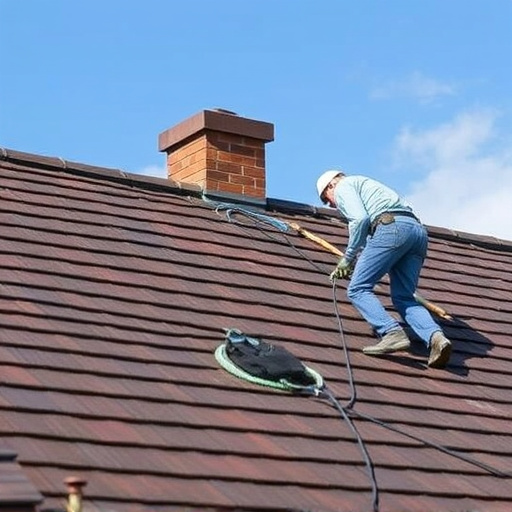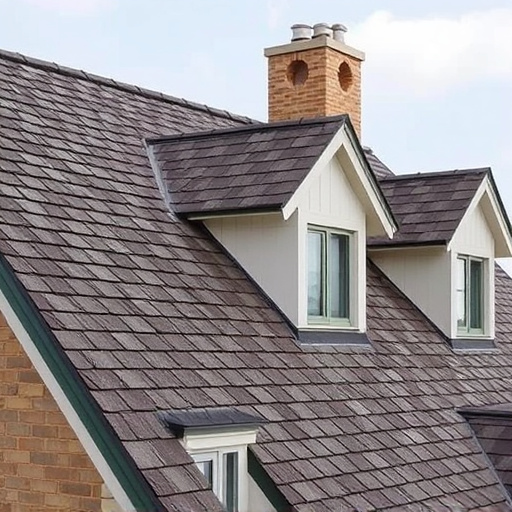Before replacing your roof, conduct a pre-assessment to evaluate its age, condition, and structural integrity. Skilled professionals inspect for damage, missing shingles, leaks, and discoloration, suggesting solutions from partial repairs to complete overhauls. Regular inspections prevent minor issues from becoming costly repairs during the replacement process, ensuring a smoother transition to a durable, long-lasting roof.
“Looking to replace your roof? Understand what to expect before, during, and after this transformative project. This comprehensive guide breaks down the process from initial planning to final inspection, ensuring a seamless transition. From assessing your current roof’s health and preparing for the new one to step-by-step installation and crucial post-replacement care, we cover it all. Get ready to protect and enhance your home with expert advice tailored to your roof replacement needs.”
- Pre-Replacement Assessment and Planning
- – Understanding your roof's current state
- – Weathering and damage indicators
Pre-Replacement Assessment and Planning
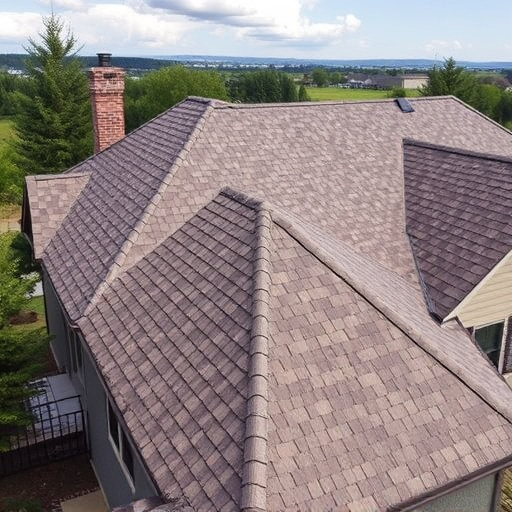
Before diving into a roof replacement project, a thorough pre-assessment and planning phase is crucial. This involves a detailed inspection of your residential roofing system to identify any issues or areas that require attention. Skilled professionals will assess the current condition of your roof, taking into account factors like age, material, structural integrity, and local climate conditions. They’ll also examine the surrounding area, including the chimney, gutters, and, importantly, the residential siding, as these elements are interconnected.
During this stage, you can expect experts to provide an honest evaluation, suggesting potential solutions or options for replacement. They might recommend a complete roof overhaul, a partial repair, or even suggest alternative materials that align with your budget and desired aesthetics. Proper planning ensures the project runs smoothly, meets safety standards, and results in a durable, long-lasting residential roofing system.
– Understanding your roof's current state
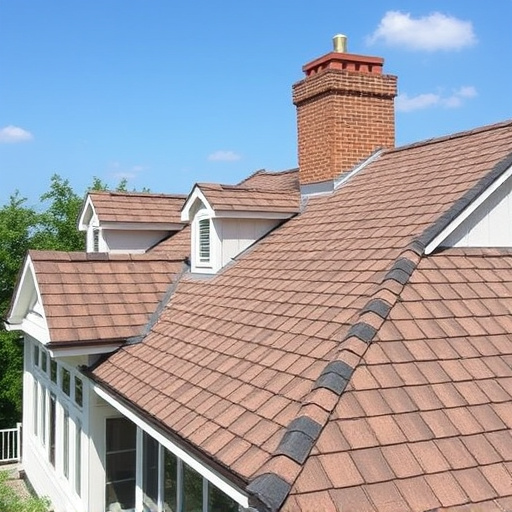
Before starting a roof replacement project, it’s crucial to understand the current state of your roof. This involves assessing its age, condition, and any existing damage or wear-and-tear. Many roofing services offer initial inspections at no cost, helping homeowners identify issues like missing shingles, leaks, or structural weaknesses. By evaluating these factors, you can make informed decisions about the extent of the replacement needed, whether it’s a partial repair or a complete overhaul.
Additionally, consider the overall design and style of your roof. Different roofing materials—from asphalt to metal—offer varying aesthetics and durability levels. Understanding your roof’s current setup will guide choices for siding repairs or even a siding replacement if part of the structure needs to be revitalized alongside the roofing project.
– Weathering and damage indicators
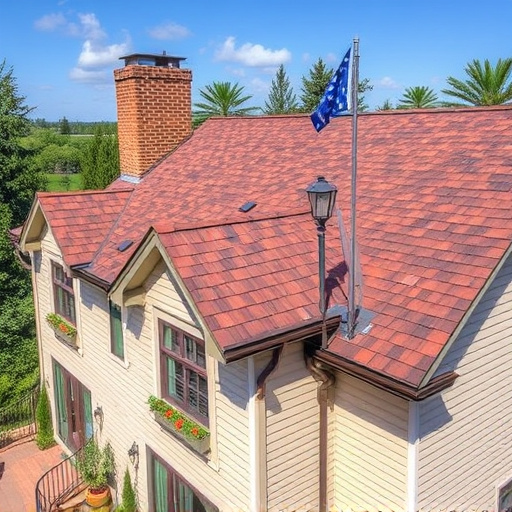
When considering a roof replacement, it’s crucial to assess the current state of your roof for weathering and damage indicators. Look out for signs such as missing or damaged shingles, leaks, or spots of discoloration. These could be symptoms of aging, severe weather conditions, or structural issues. Regular inspection is key; even minor damages can escalate if left unattended, leading to more extensive and costly storm damage repair.
A professional roof consulting service can aid in diagnosing these problems accurately. They can assess the overall condition of your residential roofing system and provide expert advice tailored to your needs. By staying proactive and addressing potential issues early on, you can avoid unexpected setbacks during your roof replacement project and ensure a more seamless transition to a robust, protective canopy over your home.
When planning a roof replacement, understanding the current state of your roofing system and being aware of potential weathering and damage indicators are crucial first steps. By thoroughly assessing and strategically planning, you’ll be better equipped to navigate the project, ensuring a successful and durable roof for years to come. Remember that each stage, from assessment to final installation, plays a vital role in achieving a reliable roof replacement outcome.

